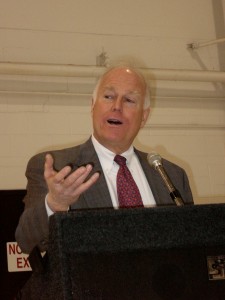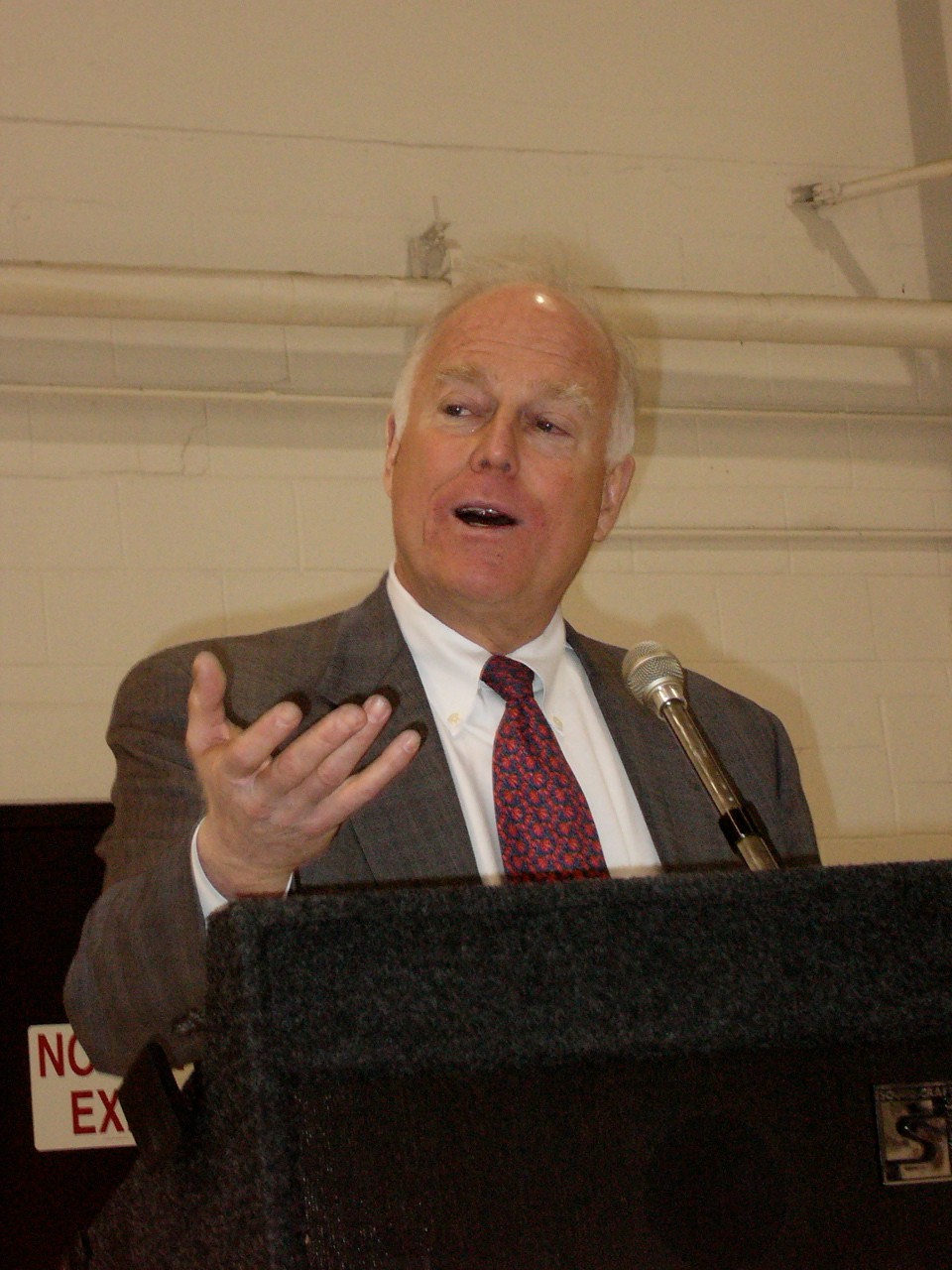
During a Jan. 25 town hall meeting at Signature Flight Support’s Morristown, N.J. facility, James K. Coyne, president of the National Air Transportation Association, said he believes the demographic picture of general aviation has never been better.
By Jack Elliott
During a Jan. 25 town hall meeting, held at Signature Flight Support’s Morristown, N.J. facility, James K. Coyne, president of the National Air Transportation Association, said he believes the demographic picture of general aviation has never been better. However, he acknowledged that issues still plague the industry.
Beginning on a positive note, Coyne said retiring baby boomers—people who were born in the years following World War II—will make for a robust GA economy.
“Baby boomers want the best,” he said. “They’re at the point in their lives where they want what we’re selling. That’s not going to change for the next 10 or 15 years. We’re giving our customer the finest form of transportation ever known. I’m very optimistic.”
Coyne additionally credited poor airline service to the surge in GA operations. According to Coyne, retiring baby boomers aren’t willing to put up with long lines and hassles associated with commercial airline travel. He said on-demand air charter providers and start-up air taxi operations would offer baby boomers convenient alternatives.
Expressing some apprehension about the future of very light jets, Coyne predicted a shakeout of the plethora of manufacturers preparing to enter the scene.
“I think only two or three will survive,” he said. “One of the things that will have to be overcome is the public’s perception of safety. The airlines have an excellent safety record; the public considers airline travel safe.”
Conversely, Coyne said many people perceive little planes as being unsafe.
“We want to see the GA charter safety record become better than the airlines,” he said.
NATA, which represents nearly 2,000 aviation businesses, is sponsoring a safety seminar to raise the level of air charter safety.
Addressing the future of aviation travel, Coyne said three major issues must be addressed: airspace access and congestion, security and the environmental impact of aircraft.
“The European Union requires a permit to burn fuel in order to control emissions,” he said. “Ninety-eight percent of emissions don’t come from airplanes. But politicians talk about controlling aircraft emissions, claiming they’re causing global warming. Aviation emissions should be looked at from the point of view of all aircraft, not airlines and GA separately. It has to be done globally. If airline emissions could be reduced, it would amount to all the emissions GA creates. We have to be ahead of the issue. We can’t just be responsive.”
He said NATA would develop proposals to deal with aircraft emissions. Coyne also discussed the issue of GA airports lacking enough runways. For instance, he said New Jersey’s Teterboro Airport created a working group to deal with the issue. Now, Congressman Steve Rothman (D-N.J), the most vocal opponent of the airport, “has come to realize that aviation is critical.”
“The bottom line problem is that we don’t have enough runways,” Coyne said. “The new runway at Atlanta took 24 years to build. The Chinese will build 40 runways in the next three years. It takes an act of Congress to get a tree cut down. It’s like a chess game; you have one figure for aviation and 23 ready to checkmate it. We need a 21st century aviation plan.
Coyne said nearly 1,000 turbine aircraft a year are manufactured in the U.S.
“But where are we going to put them?” he rhetorically asked the audience.
For more information, visit [http://www.nata.aero].











